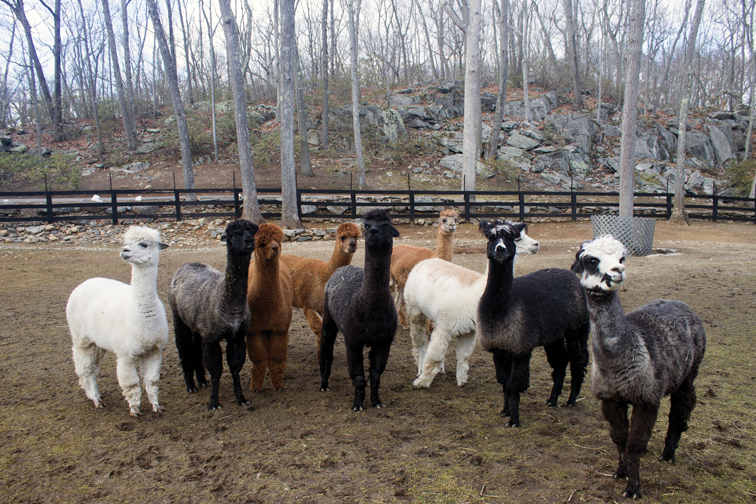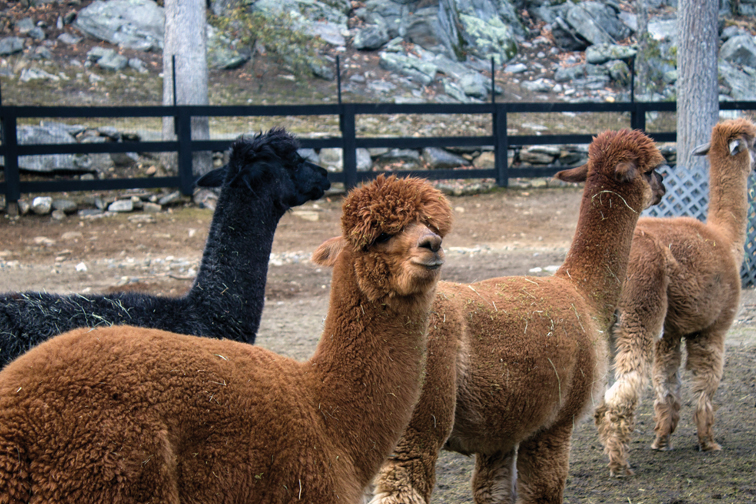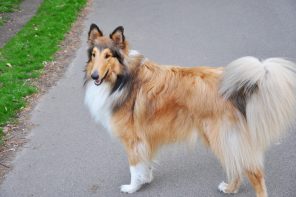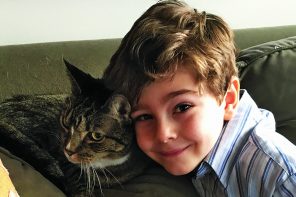By now it’s clear that we at WAG adore all creatures great and small.
But we have a particularly soft spot in our hearts for the alpaca —which is near and dear to our publisher and creative director, Dee DelBello.
Dee has been raising alpaca at her Rock Laurel Farm in Waccabuc since 2005. Next month she launches a new alpaca venture named Herde de Ferme, a manufacturing company that will feature accessories for home and personal use — all woven by artisans in Peru using sheared fleece.
“We also use fur pelts from alpaca that have died in the Andes,” she says. For this reason, the Herde de Ferme products are friendly fur. No animal is ever harmed in making this product.
Adds Dee: “We’ll be featuring everything from incredible whisper-thin, hand-woven scarves to luxurious natural-colored fur throws.”
Alpaca and fashion are a natural twosome. Alpaca is as soft as cashmere, warmer and more durable than wool and comes in an unprecedented variety of natural colors — roughly 24. No wonder it’s so highly prized.
Chalk that up, too, to its rarity. The currency and source of wardrobe for the royal Incas, alpaca have been raised in high elevations in the Andes since the days of the conquistadors, limiting room for the herd’s growth. Export of live alpaca, once illegal, is still restricted. Alpaca from Chile and Bolivia have been in the United States only since 1984 and from Peru since 1993. Dee has 25 Peruvian alpaca, all of the Huacaya (wa KA ya), variety, which has a fluffy fleece. The other kind, Suri, is noted for silken dreadlocks.
Descended from vicuña and possessed of a gentle temperament, alpaca are the perfect houseguests as farm animals go. At 3 feet tall at the shoulder and weighing in at 100 to 200 pounds, they’re more compact than the animal they’re often confused with — the llama. (Llamas, unlike alpaca, are used as beasts of burden and are not prized for their coats.)
Alpaca are also environmentally friendly, grazing on grasses without pulling up plant roots or tearing up the ground. They dine on free-choice hay and grain, require little water and use only one spot in their pasture for a privy.
Their only ungentlemanly and unladylike habit is one of spitting and that only comes into play, Dee says, when a pregnant alpaca wants to tell an amorous male to “get lost.”
With a lifespan of up to 20 years, these sexy camelids are active reproductively for two-thirds of their lives. A female can breed at 15 to 18 months; a male, at 3 years. One whiff of a male and a female is good to go. The resulting single baby, or cria, takes almost a year to produce.
In October 2015 WAG, we told you about a cria on Dee’s farm, AllyBee, who was born with displaced kneecaps that made it impossible for her to stand and nurse, much less walk. (Without her mother’s milk, containing valuable antibodies, AllyBee was particularly susceptible to a possibly fatal infection.)
Thanks to the surgery and therapy provided by the Cummings School of Veterinary Medicine at Tufts University in North Grafton, Massachusetts, AllyBee made a successful recovery — captured in a charming YouTube video that shows Ally going through her paces, in a cart, with ropes attached to her hind legs, turning her proud head from side to side like the fighter she is.
“They were wonderful,” Dee says of Dr. Daniela Bedenice and her team. “They really saved that little one.”
Today, AllyBee is not so little. She has filled out to take her place with the other alpaca in the Herde de Ferme.
For more, visit herdedeferme.com beginning in May.







